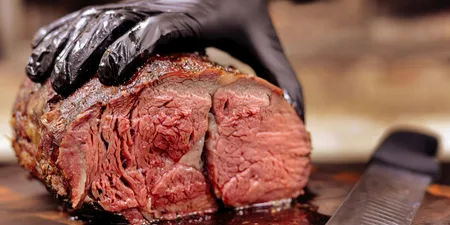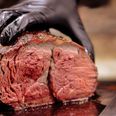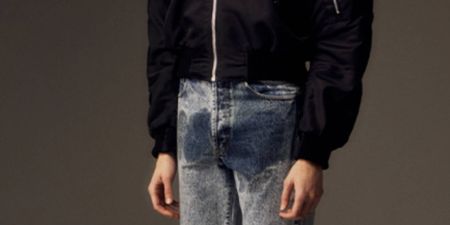A good steak should never be wasted on a poor cook…
When it comes to experimenting in the kitchen, us Irish lads can sometimes lack a bit of that adventurous spirit. Still, that’s not to say we won’t take a bit of a chance and do something unexpected, and we are getting better about our recipes and widening our palate.
That said, there is one area in which being a man means that we should reign supreme, sitting proudly atop the mountain of cooking, and that’s the art of cooking steak. Also barbecuing, where we’re king of the grill.

Anyway, back to the topic at hand. The cooking of the perfect steak starts before you turn the heat on under the grill, and way back in the shops when you’re selecting your steak. That doesn’t mean that you have to buy one for €50, if you get a decent piece of meat from your local butcher, they’ll be able to guide you on what’s good value for money, and what you’re looking for. Different types of steak are different prices, and it helps to know where the cuts come from so you get an idea of flavour and tenderness.
Cuts such as the Rib Roast, the Rib-eye Steak and the back ribs all come from, unsurprisingly, the rib area, and are not very tender. Loin cuts are next on the menu, where you get steaks like the T-bone, Tenderloin and Porterhouse, which are that bit more tender and succulent. The Sirloin gets you the Sirloin steak, which shouldn’t really come as a surprise, but the most tender cuts come from the tenderloin area so you get the priciest cuts like chateaubriand and filet mignon.
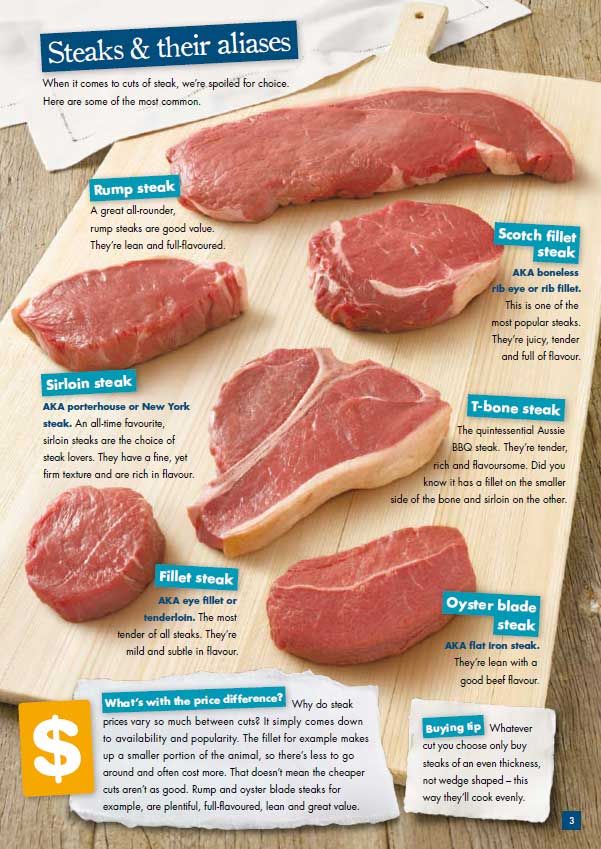
Pic via Life on Manitoulin
Your choice is to find a balance between the tenderness, keeping in mind that the fancy cuts like filet are more tender but have less flavour, and taste. You should look for good marbling, a little bit of fat on the outside, and of course, stick to your budget. Again, your butcher can guide you here.
Next up, get salting, and make sure to remove your steak from the fridge, whatever cut you choose, a good 20-30 minutes before you cook. Sprinkle it liberally with salt and let that settle in to absorb some flavour and also remove some of the water from the meat. There are plenty of theories on this and what the best technique is, but we like to just give it those few minutes to absorb the seasoning, and then start getting your pan ready.
Heat your pan with a bit of olive oil, and it should get pretty hot so that it’s smoking before you put your steaks on it. Don’t cook more than two steaks at a time on the pan, as this causes the temperature to drop and not spread evenly throughout the pan, meaning that you will find it much more difficult to get it to cook properly.
For flavour, everyone’s favourite foul mouthed celebrity chef Gordon Ramsay has a few tips, including sprinkling in a bit of thyme, a touch of garlic and liberal amounts of butter. While all that is grand, it’s possibly a little bit much for us, but to each their own.
http://www.youtube.com/watch?v=RW3ay3k0lek
In terms of how well your steak is done, Gordon also has a few tips on that, but a good piece of meat should really be enjoyed medium rare or rare in our humble opinion. You can tell by the age-old method of testing on your hand, as you can see in the pic below, or else there’s a handy colour guide that will give you an idea too.

Pic via GoodChow.hk
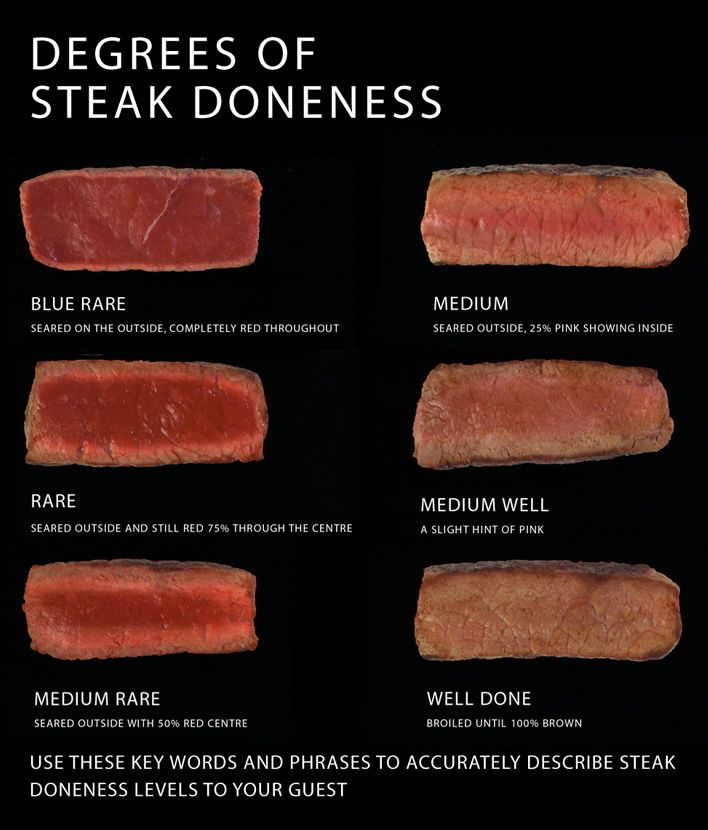
Pic via steaknight.com
Those are our tips, with a little help from Gordon, but if you have any other suggestions tweet us in and let us know. Give those few a go and see how good your steak is after, you can thank us later.
LISTEN: You Must Be Jokin’ with Aideen McQueen – Faith healers, Coolock craic and Gigging as Gaeilge








